Roof Inspection 101: What Every Homeowner Needs to Know
Are you the proud owner of a cozy home nestled under a sturdy roof? While your roofing might seem like an afterthought amidst the joys of homeownership, it plays a vital role in protecting your sanctuary from nature’s elements. Just like any other part of your beloved abode, the roof also requires care and attention to ensure its longevity. That’s where we come in.
In this comprehensive guide, we’ll take you through Roof Inspection 101 – equipping you with all the knowledge every homeowner needs to safeguard their investment and maintain peace of mind. So buckle up and get ready to become a roofing expert.
Exterior Inspection
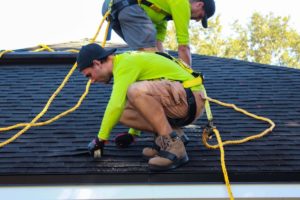 Begin your roof inspection by stepping back and assessing its overall condition from a distance. Look for signs of sagging, unevenness, or visible damage. Check for any missing or damaged shingles, as these are often indicators of potential issues. Pay attention to the general state of your roof, noting any areas that may require a closer inspection. You can hire a roofing twin cities mn service to help you with this.
Begin your roof inspection by stepping back and assessing its overall condition from a distance. Look for signs of sagging, unevenness, or visible damage. Check for any missing or damaged shingles, as these are often indicators of potential issues. Pay attention to the general state of your roof, noting any areas that may require a closer inspection. You can hire a roofing twin cities mn service to help you with this.
Shingle Health
Shingles are the first line of defense for your roof, and their condition is crucial. Inspect for curling, cracking, or missing shingles. Check the granule layer; excessive granule loss may indicate shingle deterioration. Pay special attention to areas where shingles meet, as these vulnerable points are prone to leaks. If you notice any issues, address them promptly to prevent water damage to the underlying structure.
Flashing and Seals
Flashing and seals are essential components for maintaining a watertight roof. Inspect the flashing around chimneys, vents, and skylights for signs of corrosion or damage. Check for loose or deteriorated seals, as these can compromise the integrity of your roof. Properly functioning flashing and seals are crucial in preventing water infiltration, which can lead to extensive damage if left unchecked.
Gutters and Downspouts
Well-functioning gutters and downspouts are vital for redirecting rainwater away from your roof and foundation. Inspect gutters for debris, such as leaves and twigs, and ensure they are securely attached to the roofline. Check for any signs of sagging or damage. Clear clogged gutters to prevent water backup, which can lead to roof leaks and damage.
Attic Inspection
A thorough roof inspection extends beyond the exterior. Enter your attic to assess the underside of the roof. Look for signs of water damage, such as stains or discoloration on the underside of the decking. Inspect the insulation for dampness or mold, as these are indications of potential leaks. Adequate attic ventilation is also crucial for preventing moisture buildup and maintaining the overall health of your roof.
Chimneys and Ventilation
Chimneys and roof vents play a key role in maintaining proper ventilation for your attic. Inspect chimney masonry for cracks or damage. Check for any blockages in ventilation openings and ensure vents are clear of debris. Adequate airflow is essential for preventing condensation and preserving the structural integrity of your roof.
Professional Inspection
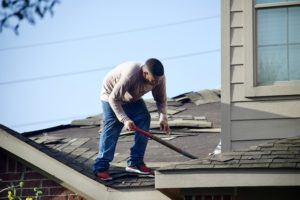 While regular homeowner inspections are valuable, it’s essential to recognize when a professional roofing inspection is necessary. If you lack the expertise or if your roof has sustained significant damage, enlist the services of a qualified roofing contractor. Professional inspections can uncover hidden issues and provide expert recommendations for repairs or maintenance.
While regular homeowner inspections are valuable, it’s essential to recognize when a professional roofing inspection is necessary. If you lack the expertise or if your roof has sustained significant damage, enlist the services of a qualified roofing contractor. Professional inspections can uncover hidden issues and provide expert recommendations for repairs or maintenance.
In conclusion, regular roof inspections are a proactive measure that can save you from costly repairs and ensure the long-term health of your home. By familiarizing yourself with these key aspects of roof inspection, you empower yourself to identify and address potential issues promptly. Remember, a well-maintained roof is not only a protective barrier for your home but also an investment in its longevity and structural integrity.
…

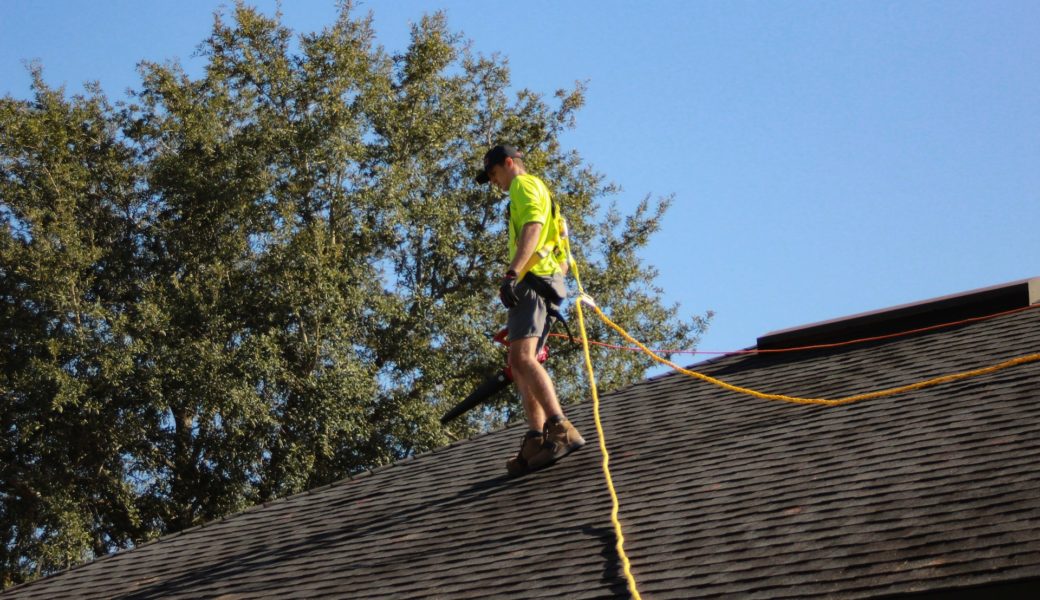

 Formwork can save you a significant amount of time and money on your home construction project. When you use formwork, you do not have to wait for the concrete to cure before starting the next construction phase. This can shave weeks or even months off of your
Formwork can save you a significant amount of time and money on your home construction project. When you use formwork, you do not have to wait for the concrete to cure before starting the next construction phase. This can shave weeks or even months off of your 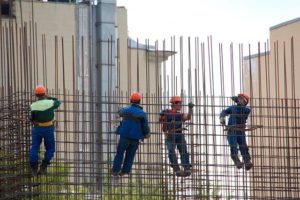 Formwork can also help improve the safety of your home construction project. When you use formwork, you do not have to worry about the concrete curing properly or about imperfections that could cause accidents. In addition, the formwork can help to create a safe work environment for your construction workers.
Formwork can also help improve the safety of your home construction project. When you use formwork, you do not have to worry about the concrete curing properly or about imperfections that could cause accidents. In addition, the formwork can help to create a safe work environment for your construction workers.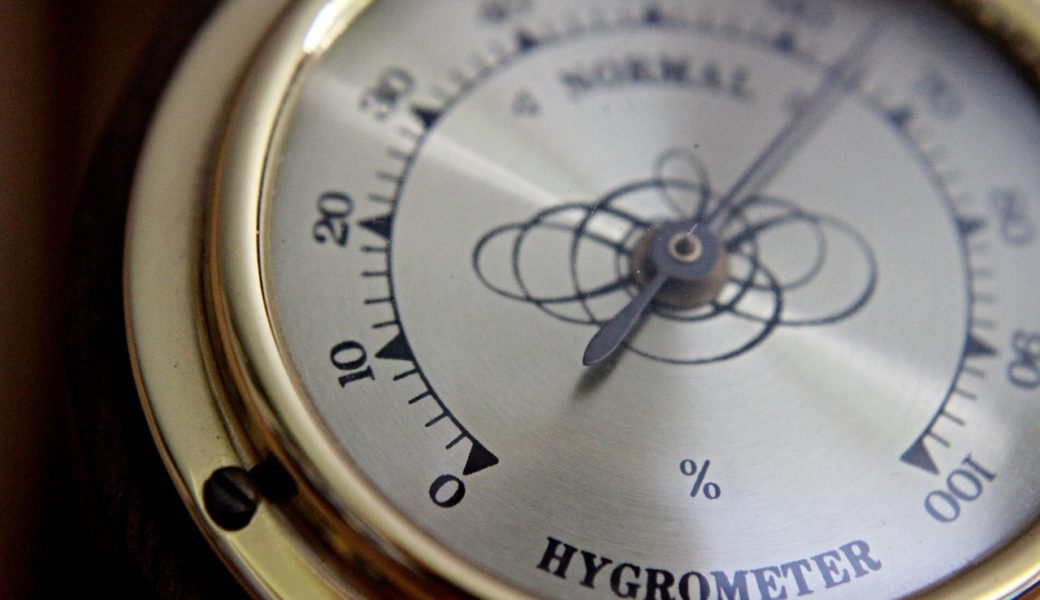
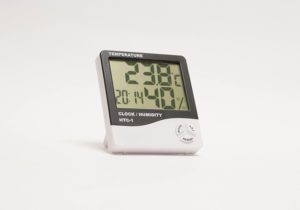 A hygrometer is a device used to measure the amount of water vapor in the air. Typically, hygrometers are either digital or analog and use hair as their mechanism for measuring humidity levels. Hair expands when it absorbs moisture from the air so that you can see exactly how much humidity there is at any given time.
A hygrometer is a device used to measure the amount of water vapor in the air. Typically, hygrometers are either digital or analog and use hair as their mechanism for measuring humidity levels. Hair expands when it absorbs moisture from the air so that you can see exactly how much humidity there is at any given time.